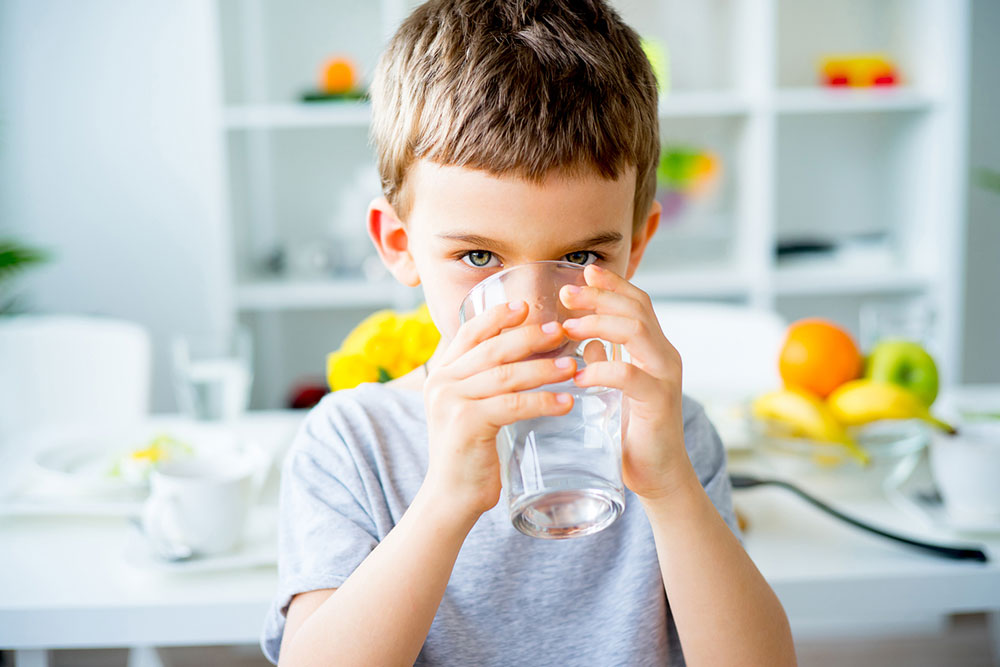
Navigating the Pros and Cons of Tap Water and Bottled Water
Choosing between tap water and bottled water is a decision influenced by considerations of environmental impact and safety. Amidst the growing concerns about limited water resources, the debate surrounding these options has gained momentum. Some factors considered in the discourse include the environmental impact, cost, and varying taste profiles of tap and bottled water. Keep reading to learn more about the advantages and drawbacks of bottled water and tap water to navigate this crucial decision.
- Safety
When it comes to tap water, the government has established specific regulations to ensure its safety and quality. The Environmental Protection Agency (EPA) is the designated authority that sets limits for contaminants in tap and groundwater, making sure they meet the Safe Drinking Water Act standards. According to the Centers for Disease Control and Prevention, the drinking water available in the country is one of the safest worldwide. Individuals can find out how clean their tap water is by seeking the Annual Water Quality Report from their local water company.
Regarding bottled drinking water, the Food and Drug Administration (FDA) sets the standards to ensure it is safe for consumption. There are processes in place to make sure the bottled water is processed and transported under hygienic conditions. It means that bottled water, in general, is safe to drink. However, some research studies suggest that because it is packed in plastic bottles, the water contains microplastics, posing a potential health risk.
- Taste profile
Various taste trials have been conducted across the country over the years, which revealed that most of the participants in the experiments couldn’t differentiate between bottled water and tap water. The studies suggest that most people who were part of such studies generally favored water with medium mineralization, regardless of its source. And while the tap water may taste slightly different, it is not because of a poor safety profile but due to high mineralization or chlorine levels.
- Costing
Drinking tap water is not only convenient but also cost-effective. It is easily available in public drinking fountains and is free of cost. It is also typically provided free in restaurants. In contrast, estimates suggest bottled water can be pricier than tap water, pointing towards a price difference of up to 2,000 times. To put it in perspective, a gallon of bottled water can cost nearly thrice the national average for a gallon of milk.
- Environmental impact
When managing the contamination in tap water, water companies treat the public drinking water with chemicals and then store it in tanks. According to a report by the Massachusetts Water Resources Authority, bottled water clearly has more negative impacts on the environment than tap water, mainly due to the disposable packaging used that ends up in landfills or recycling centers.
Improper disposal of such plastic can also trigger plastic pollution in streets and waterways. Additionally, as plastic bottles degrade, they release harmful toxins which can negatively affect the surroundings.
All in all, while bottled water offers convenience, its environmental impact raises concerns. Conversely, tap water is widely considered a safer alternative as it is cost-effective and environmentally friendly.
